Dimensions: framed: h. 100 cm, l. 84 cm, canvas: h. 79 cm, 63 cm.
Period first half of the 18th century
The elegant and flattering manner of execution, the presence of the melted and faded keys, the care taken in the rendering of the fabrics and the softness of the expression of the model remind us of an artist of the entourage of Jean Marc Nattier, one of the greatest French portraitists of the 18th century.
Jean Marc Nattier (1685-1766) Son of the portraitist Marc Nattier who will be his first teacher, Jean-Marc Nattier enters the school of the Royal Academy, and becomes the pupil of his godfather Jean Jouvenet. He left for Holland in 1717 where he worked for Peter the Great and realized the portrait of the Tsar, the Empress, several personalities of the Russian court and The Battle of Poltava (Moscow, Pushkin Museum). Back in France, a year later he is received as a painter of history on presentation of Perseus assisted by Minerva, Petrified Phinée .... Nattier quickly abandons history painting to devote himself to the art of portraiture. He became the privileged portraitist of the royal family and the court, his allegorical or mythological portraits will be a resounding success, Madame Henriette under the figure of Flore, 1742 (Versailles, national museum of the castle and Trianon), Madame Adelaide under the figure of Diana, 1745 (Niort, museum of the fine arts), Michel-Ferdinand of Albert d'Ailly, duke of Chaulnes represented in Hercules, 1746 (Paris, museum of the Louvre) .... His abundant work is regularly presented at the Salon from 1737 to 1763. The critics were laudatory, but later, the artist will face acid judgments including from Diderot. Although he has sometimes been accused of having "painted with makeup," today he is known to have excelled in the genre of portraiture. His inventive and personal work, executed in a palette of rare and subtle delicacy, is essential because it is one of the most vivacious testimonies of the court of Louis XV.





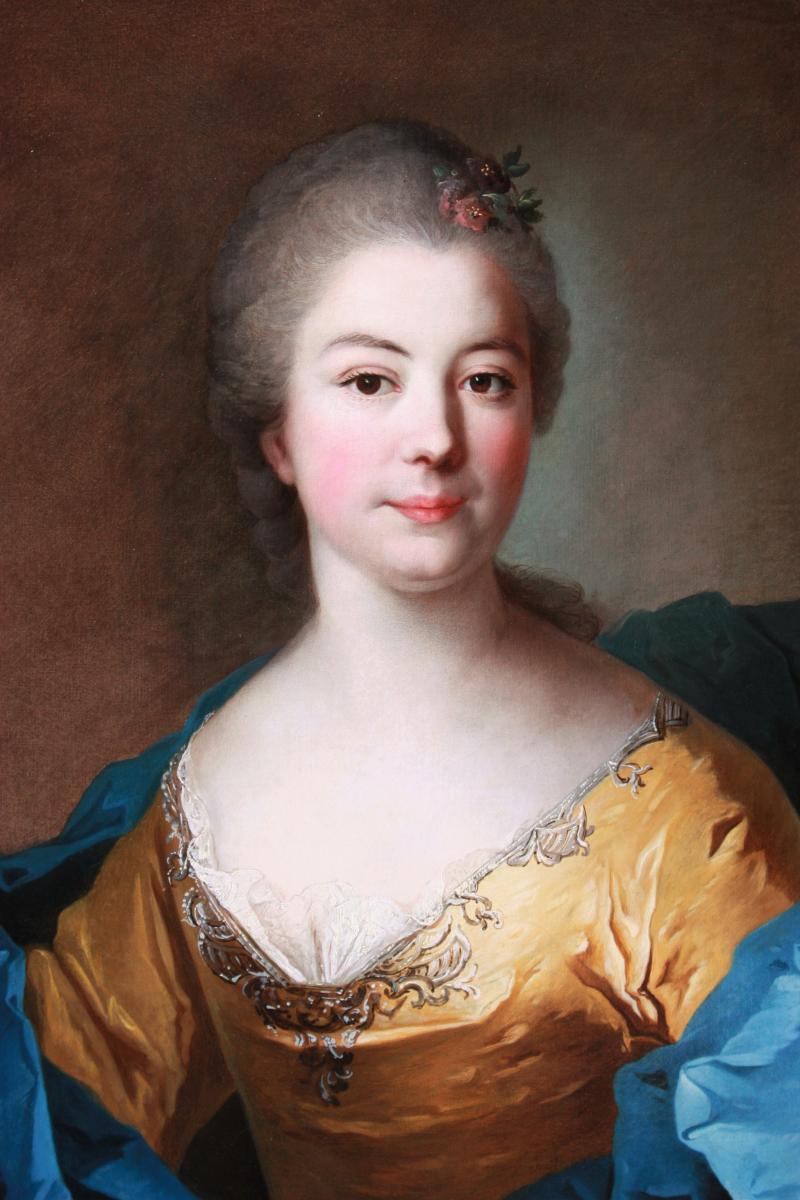
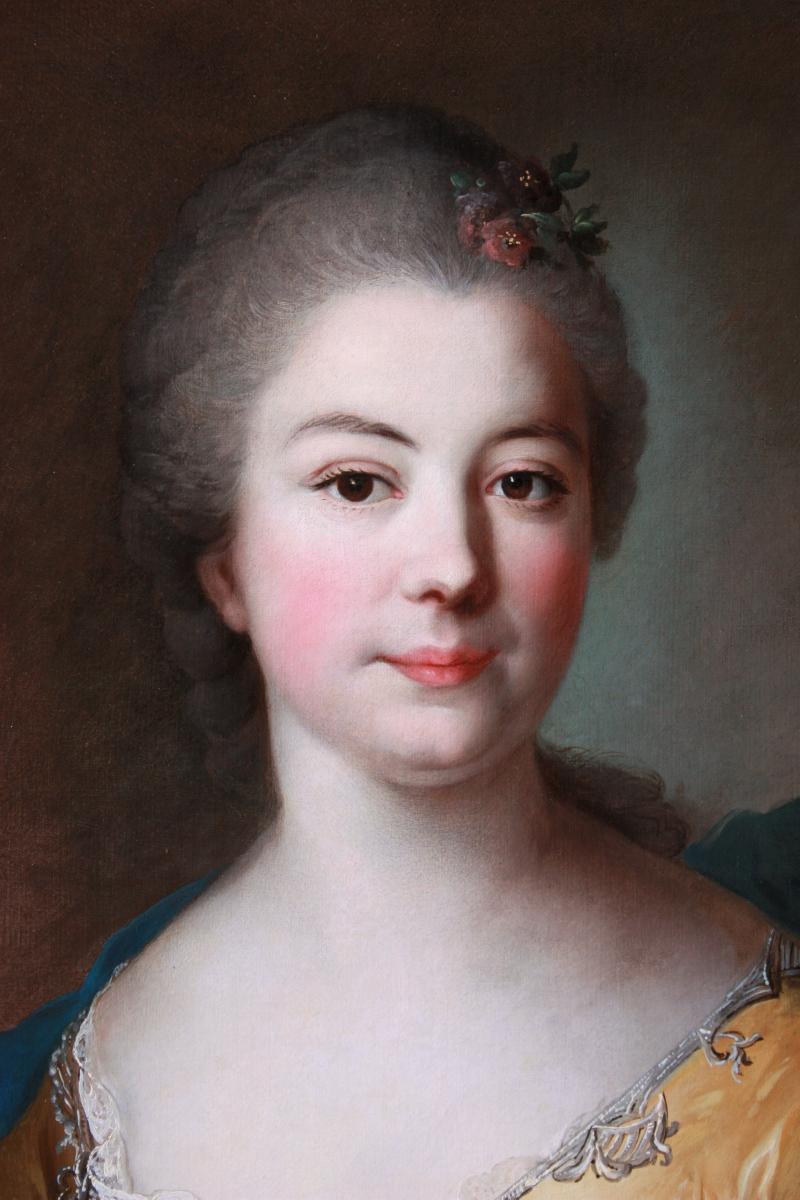
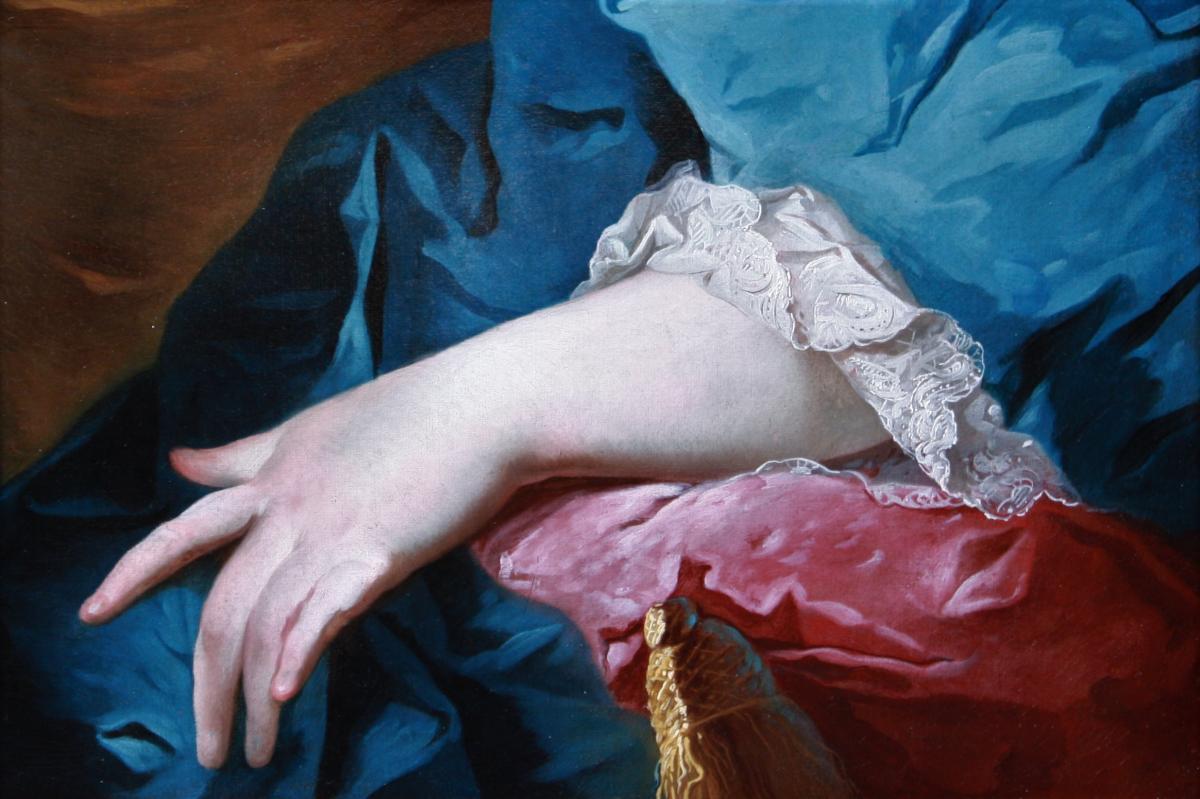




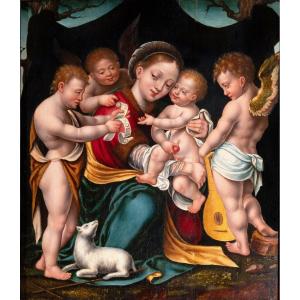

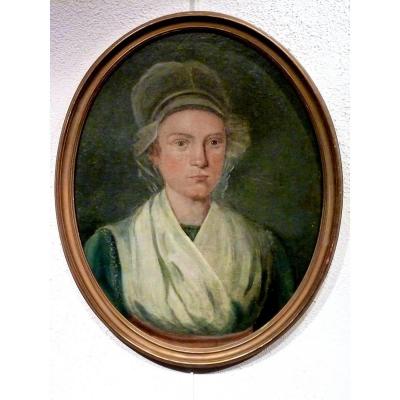



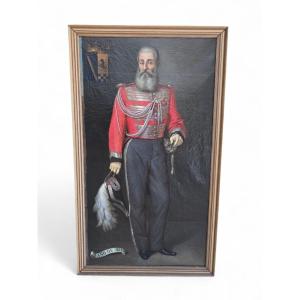
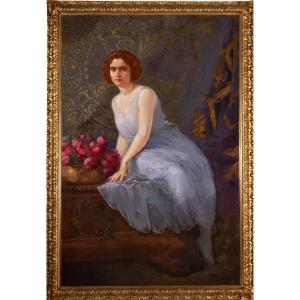




 Le Magazine de PROANTIC
Le Magazine de PROANTIC TRÉSORS Magazine
TRÉSORS Magazine Rivista Artiquariato
Rivista Artiquariato
